Advancement in the tech sector continues to grow at a breathtaking pace, leaving consumers spoilt for choices with a wide range of new gadgets and devices, while providing opportunities for marketers and professionals in boosting productivity, cost-efficiency and brand awareness. 2017 was a seminal year in tech, with the growing popularity of blockchain technology, intelligent assistance, machine learning, virtual and augmented reality (VR and AR), as well as ground-breaking innovations that are set to shape the future. In 2018, we expect to see more transformative developments impacting different spheres of our life. Some of the major tech predictions for this year are:
10. Increasing competition in smart speakers with a screen
Last June, Amazon launched its Echo Show, the first smart speaker to feature a screen. Compared with Apple’s HomePod (which does not have a screen), the EchoShow showed considerable buzz among consumers in tech adoption surveys.
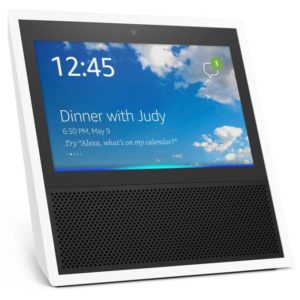
In 2018, we are likely to see competition heat up in this segment, with Google expected to launch its own screen-equipped smart speaker, as well as similar devices from companies like Samsung and Baidu. Apple is likely to eschew this direction to push more users towards the iPad and Apple TV, since the release of its HomePod has already been delayed. With increasing popularity of smart speakers with screens, the visual element is expected to be a necessary feature of most flagship speaker products in 2018.
9. Expansion of the VR market
The VR market initially generated a lot of hype but demand and interest in this field waned over time because the headsets were super expensive and offered a mediocre-to-good experience, not an out-of-world immersive one that most consumers would want for the high cost. However, in 2018, companies like Facebook, Google, and HTC are expected to release stand-alone devices that would address two main issues hindering the adoption of VR technology-

a) Space constraints caused by the current devices, such as the HTC Vive, which is tethered to a computer. Also, they won’t be powered by a smartphone, such as Samsung Galaxy VR that don’t allow a premium VR experience.
b) Affordability– smartphones sacrifice quality over price, and headsets from industry leaders prioritize experience, making it an expensive buy. Stand-alone headsets will be a whole lot cheaper e.g. Facebook’s Oculus Go will cost $199.
With the two main issues seemingly resolved, 2018 is expected to see a steep increase in adoption of VR headsets, encouraging developers and content makers to bring more innovation to the table.
8. Cryptocurrencies to become more widely accepted

2017 was the year when cryptocurrencies dominated most business headlines, reaching meteoric highs and trading in volatile patterns on concerns of a regulatory crackdown. However, a pressing issue for cryptocurrencies like Bitcoin, Litecoin or Ethereum remained their low acceptance among retailers, with only a handful merchants like Overstock, Newegg, and Expedia currently accepting Bitcoin. In 2018, rising consumer interest, declining transaction fees, and antifraud benefits will attract more merchants towards cryptocurrencies. For instance, e-commerce firm ebay is already considering adding Bitcoin as a payment option.
7. Relaxation of drone regulations
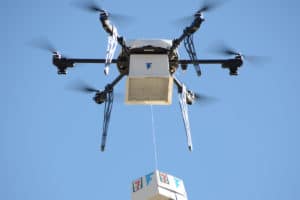
Commercial drone adoption and usage in the U.S. has been difficult, mainly because of a string of regulations, both by state governments and the Federal Aviation Administration (FAA). If companies want to fly drones at night, above crowds, or beyond the sight of their pilots, they usually need to comply or gain special exemptions from both the FAA and local governments. In 2018, major strides are expected to be made in easing or streamlining commercial drone regulations. Following steps are being taken already in this regard:
- The Department of Transportation is taking applications from state and local governments for new commercial drone tests that define the roles for the respective authorities in regulation, and simplify compliance for operators.
- The FAA’s decision to grant CNN the first waiver to fly drones over crowds, drone delivery use (currently prohibited) will open up new use case for commercial drones.
6. Expansion of Alibaba in the U.S.

On Singles’ Day 2017, Chinese ecommerce giant Alibaba is touted to have brought around $25.3 billion in revenue-more than double the combined sales of Black Friday and Cyber Monday. The U.S. has been on the company’s radar for quite some time, and with the expansion of the U.S.-China trade corridor to nearly $46 billion by 2021, the company is expected to build more relationships with American merchants in 2018. Singles’ Day, in fact, can become the company’s own e-commerce holiday like Amazon’s Prime Day, as the country’s single population rises at a steady pace.
5. Real race for automated driving vehicles to begin
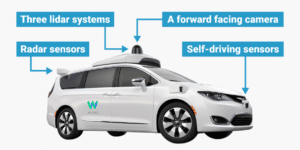
Both tech companies and automakers have been attempting to put self-driven cars on the road for quite some years, but in 2018, we expect autonomous cars by Waymo, GM, and probably others to be commercially launched in ride-hailing services. The real race will begin now, with companies looking towards new business models and revenue stream to scale up growth. Challenges will remain aplenty, such as convincing consumers of safety, manage partners, increase R&D for new technology and navigate an uncertain regulatory landscape. The self-driving cars market is in a nascent stage and expected to expand rapidly by the end of 2018, maybe even becoming a core part of several businesses.
4. Increasing importance of payment security
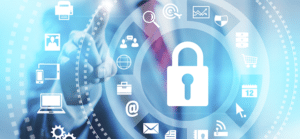
Breach of privacy has become an increasingly sensitive issue, with incidents like the Equifax breach that compromised the information of around 143 million citizens worsening the fears of widespread fraud. With growing concerns of identity theft, companies will start ramping up their security measures, get more involved with strategic acquisitions and partnerships (like Mastercard acquiring AI-firm Brighterion), and boost spending on next-generation security solutions. According to Nilson, card fraud is anticipated to touch $31.67 billion by 2030, up from $27.69 billion in 2017- this will accelerate activity in payment security to ensure firms stay ahead of sophisticated hackers.
3. Widespread adoption of smart home devices

Adoption of smart home devices has not picked up the desired pace as projected owing to high price, hassles of installation and a fragmented ecosystem. In 2018 though, Amazon and Google are making it simple for consumers to use devices like smart light bulbs, connected door locks, and smart appliances in a home by allowing multiple control through ‘Routines’ and Alexa-enabled groups (for Amazon). As customers become fairly acquainted with the tech ecosystem for home devices, and the learning curve becomes simpler for even new users, adoption is expected to increase significantly in this year, with nearly $55 million in spending estimated for smart home devices.
2. Worldwide Fintech funding to reach $45 billion
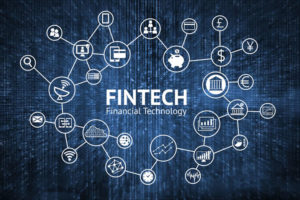
Global Fintech funding is expected to reach a record high of $45 billion in 2018, similar to 2015 levels when it touched $47 billion. Established business models from mature fintech companies will lead to greater amount of bucks to be spent, especially in the alt lending and insurtech segments. Corporate investment is also projected to rise, as legacy financial services players repose their faith in fintech business models, and overcome hurdles to tie up with startups.
1. Gen Z to be focal point of media companies, advertisers

Gen-Z’ers, born during 1996-2011, will now have started entering the workforce, and their behavioral patterns and preferences will be studied deeply by large media and advertising brands. What sets the Gen-Z apart from the millennials is that they have been raised entirely in the post-digital era, so they have particularly unique traits in the way they chose to express and communicate. For example, while millennials prefer to text, Gen Z go for images and emojis; they are more pragmatic than the millennials, are exposed to a lot of content online that can mold their minds in a very specific way, and they have a short attention span that will be targeted by marketers to sell their product.

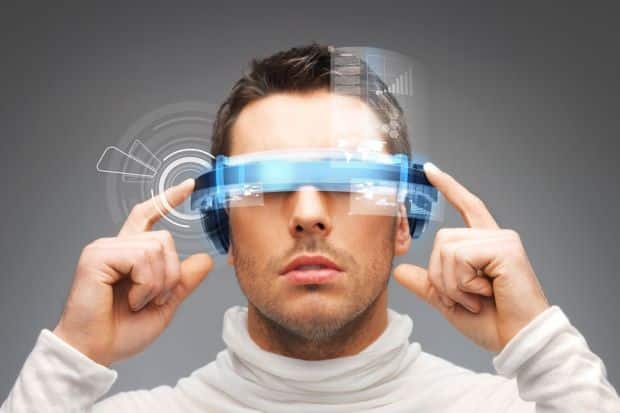











They are impressive statistics. A very interesting article. Thank you.
This is highly appreciate of major article. Thanks for 10 major you talk about.